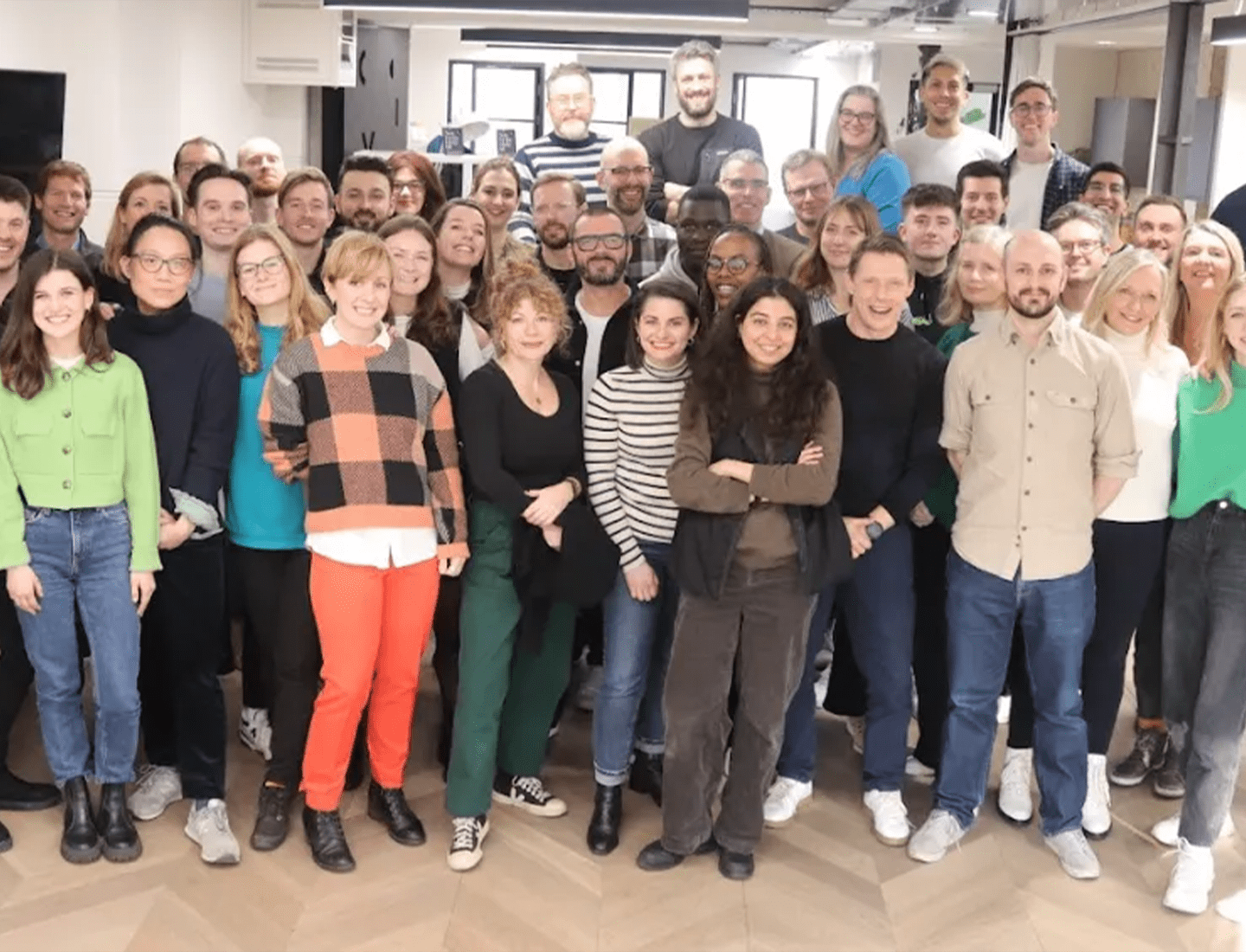
Customer insight and research: our top tips and techniques
Building a deep understanding of customers’ motivations helps brands to place bets on which products and services to invest in to sustain a competitive edge. At Magnetic we believe that we build better products and services when we get close to and empathise with the people we’re designing for. This is even more important in order to keep up with changing consumer needs and behaviours in a post-pandemic world. There’s never been a bigger need for user research.
Here are our top tips and techniques for successful customer insight and research:
Do your research first.
Start by understanding what is known (the known knowns) and what you want to know (the known unknowns). This includes market trends, existing research on the needs, desires and behaviours of the audience. This helps create a focussed scope for research before investing time and money in primary research.
Top tips:
- There’s a goldmine of behavioural and sentiment trackers online.
- Check out GlobalWebIndex for global digital trends and behaviours, YouGov for UK-based consumer research across lots of different topics, and research from brands like Barclaycard to learn where people are spending their money.
Say what you see
As humans, we self-edit. We rationalise our behaviour, sometimes even as we explain it — to appear the best version of ourselves. As researchers, we must observe customer behaviour, not just responses.
Top tips:
- Watch and learn — build in observational techniques where possible. This allows us to observe in natural environments without any awkwardness or discomfort to our consumers.
- Try different approaches — contextual enquiries and usability testing can work better than interviews in some scenarios because it gives us the opportunity to observe our customers and their unedited behaviours in more natural settings.
- Be data driven — actions speak louder than words, so take a look at any behavioural data available (e.g. Google Analytics, A/B testing results) before formulating research questions
Think hybrid
Pre-pandemic it was perfectly normal for us to tag along with boiler repair teams on home visits, jump in the car with ride-sharing commuters, or do the weekly shop with parents and very hungry kids. For today’s hybrid world, we’ve had to be more considered when designing these observational techniques. Can it be done virtually? Can we zoom into customers unpacking the weekly shop instead, or virtually accompany someone on their shift or commute?
Top tips:
- If virtual and in-person research are out of the question, try a diary study. Diary studies offer great opportunities to follow the day to day lives and experiences.
- Ask respondents to film key snippets of their day, take voice notes about their experience, grab a couple of pictures, or even just jot down their thoughts. This provides rich insight into their thoughts, feelings, barriers and frustrations, even if at a distance.
Get to the why
Now for the tricky bit. We understand what our customers are doing, but unlocking driving motivations is paramount. What are our consumers’ drivers? Interviews are a great way to dig deeper and start to understand the why. Here are some of our techniques for effective interviewing.
Top tips:
- Take inspiration from toddlers — toddlers are renowned for asking the big questions: ‘why..? But why..? Okay, but why?’ With every response, adults are forced to go deeper to answer their toddler’s most burning questions; take inspiration from the wisdom of youth and keep asking why until we get to a root cause of behaviour.
- Build intentional silences — humans are hardwired to avoid awkward situations. When we leave intentional silences in a conversation, human nature will force us to fill in the gaps — often providing really great nuggets of insight that would otherwise stay uncovered.
Give co-creation a go.
One of our favourite things to do is co-create solutions, products and services hand-in-hand with our users.
This ensures everything we make is designed with users’ every needs at the heart. Whether that’s asking primary school children to help us create a screen-time friendly digital solution for kids, or asking people going through the menopause to help us design our features, co-creation injects a boost of creativity into our work, whilst creating new, user-centred solutions that are guaranteed to hit the mark. By building relationships with our customers from early on, we can also check-in at regular points to gather feedback, usability test, or tweak our ideas at lightning speed.





